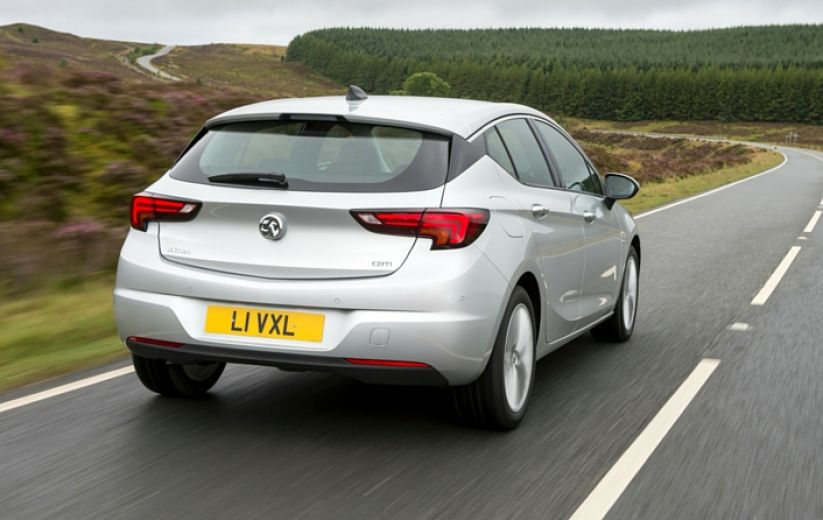But why does Rob use a Vauxhall Astras to make F1 drivers faster - and what can he do for us?
To find out what’s involved, I headed to an airfield in Leicestershire to see what he could do to my driving in a day.
But I wasn’t to get behind the wheel of an exotic sports car. Like everyone else Rob teaches, I’d be driving a new-shape Vauxhall Astra. That’s because this tuition is not about ultimate lap times, it’s about technique, style and accuracy. The guys who want coaching from Rob know how to drive fast: they want to drive better, and using an Astra is perfect for that.
Besides, adds Rob, these guys are superstars: a tuition car must be suitably safe and secure, be comfortable enough to spend a day in – and have space for the managers or race engineers who often come along to sit in the back.
The art of driving
After meeting New Zealander Rob, who came to Britain in the 70s and went on to race in America, at Le Mans (and once drive for new Top Gear presenter Eddie Jordan), we sit down over coffee to talk technique. Rob’s masterclass focuses on the details of car control, the nuances that separate the brilliant drivers from the merely good ones.
The merest tweak of a steering wheel at 100mph can transfer half a tonne of load from the ‘right’ tyre onto the ‘wrong’ one, he says: Rob’s subtle, scientific style is focused on making drivers aware of this and helping them massage the car in the right way.
.jpg)
It’s high-level, scientific stuff. A few years back, he coached Ferrari racer Kimi Raikkonen, and they spent five whole days repeatedly driving through the same corner. Like Johnny Wilkinson’s kicking and Andy Murray’s swing, Rob believes practice makes perfect – and trains his pupils to constantly think about exactly what they’re doing behind the wheel.
Natural speed will only get you so far: Rob helps unlock the winning edge.
On the track with an F1 coach
We head into the Astra, a mid-ranking 1.4 turbo petrol model as seen on umpteen high streets. Rob drives first – and wows me with a stunningly fast lap of the course, setting a benchmark time for me to match. His speed, car control and finesse are jaw-dropping.
I head out. I’m a full five seconds slower. So Rob gets to work.
.jpg)
I head out. I’m a full five seconds slower. So Rob gets to work.
Through the day, we look at steering inputs, how smooth I am on the pedals, how to change gear well (a lost art for most racers used to paddleshift gearboxes, mourns Rob) and, ultra-scientifically, how to use split-second timing for steering wheel inputs to position a car in a corner.
The sort of stuff you’ll never detect simply watching a driver – unless you’re Rob, whose senses are hyper-tuned. It’s incredible, almost magical stuff.
Then it rains, hard. I wonder if Rob will make us go in. “Nah, go for a time, mate” he says, clicking the stopwatch. I go for it, hard. At the end of the lap, I’m breathless. The result? A time faster in the wet than I was in the dry – that’s how much Rob helped my driving in an afternoon.
“Everyone benefits from driver training,” says Rob at the end of the day. “It’s just a pity those who’d benefit most are the ones least likely to take any.” The fastest F1 drivers are the ones who don’t think they’re the best drivers in the world, and seek coaching from gurus like Rob. If only more road drivers could do the same...

